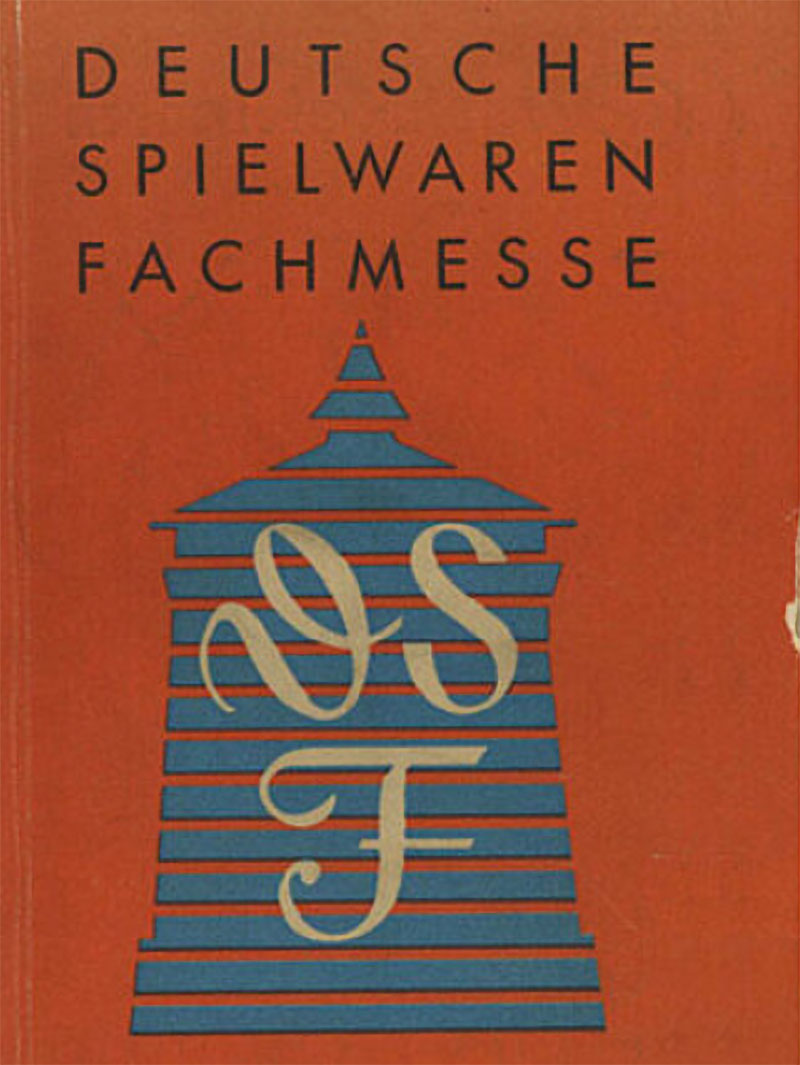
The history of trade fairs in Nuremberg begins with the Spielwarenmesse.
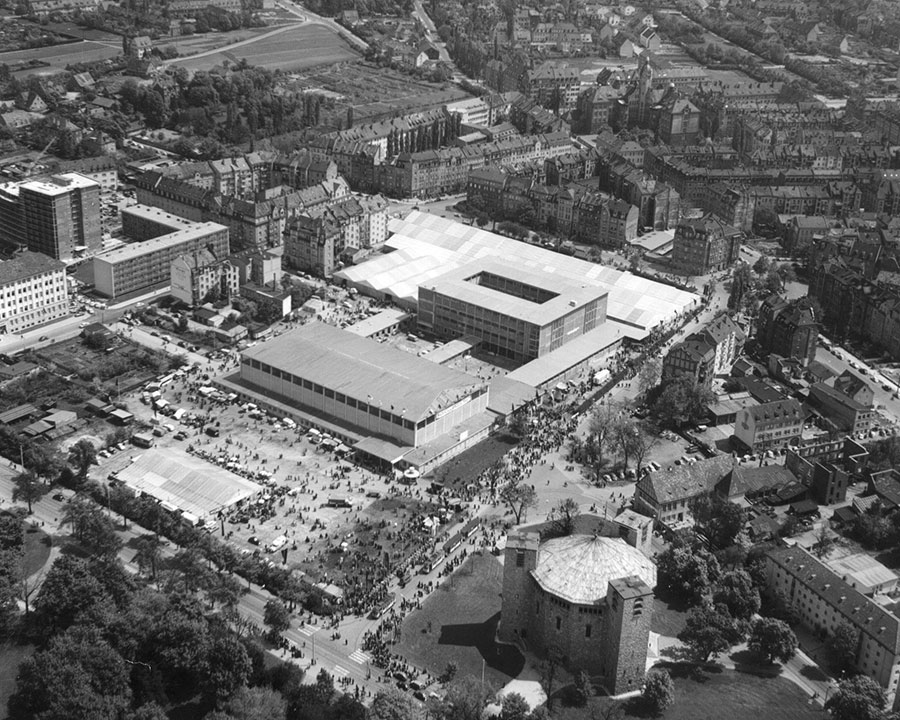
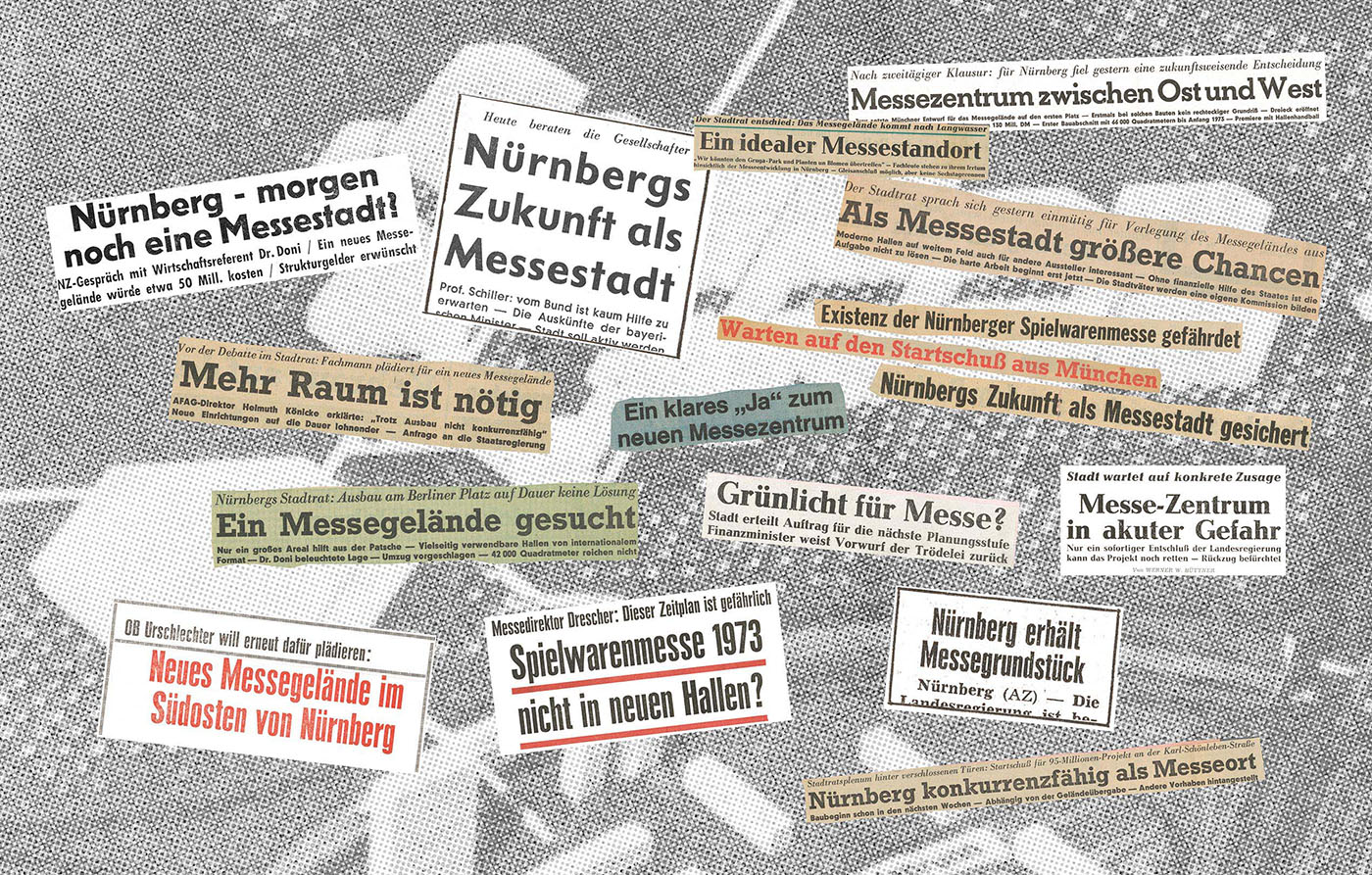
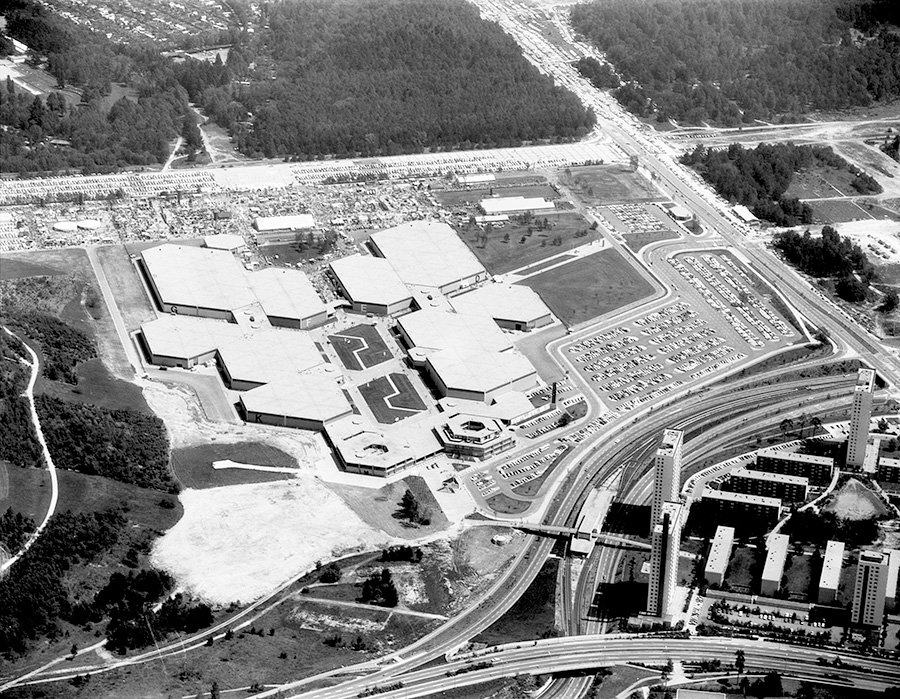
What our witnesses remember:
Find out more about the evolution of NürnbergMesse.
The early 1970s saw the construction of a new exhibition centre in Nuremberg. This was the beginning of NürnbergMesse as we know it today.

The history of trade fairs in Nuremberg begins with the Spielwarenmesse.



What our witnesses remember:
Trade fair portfolio, internationalisation, venue, and architecture: NürnbergMesse grows beyond all expectations over five decades.
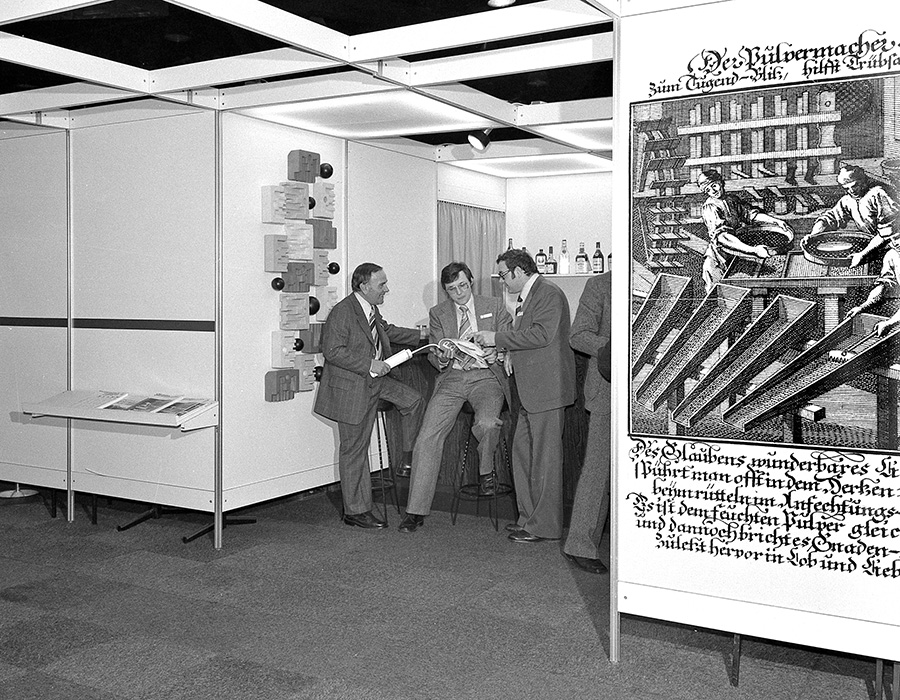
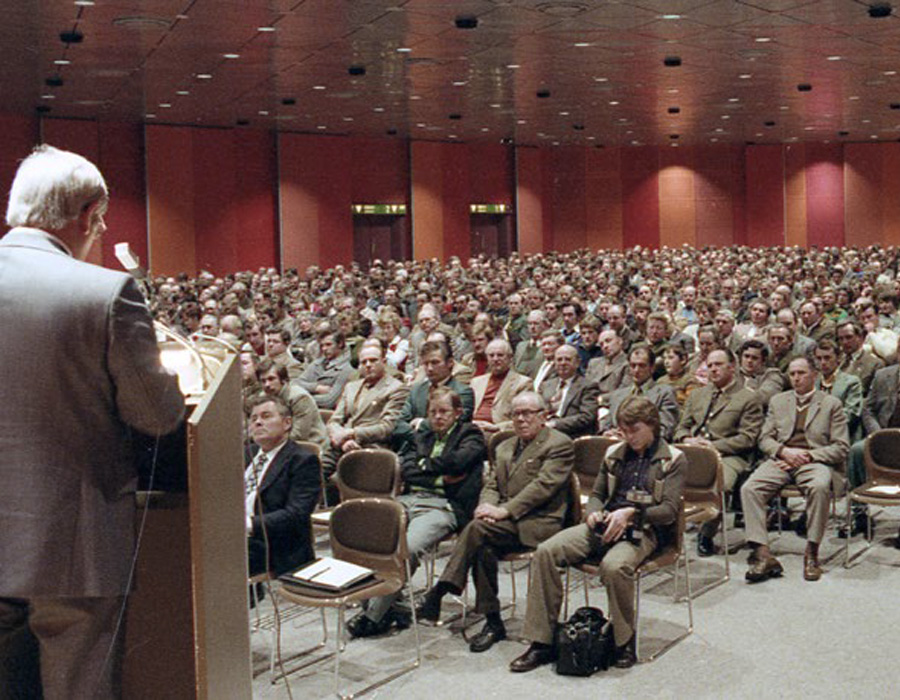
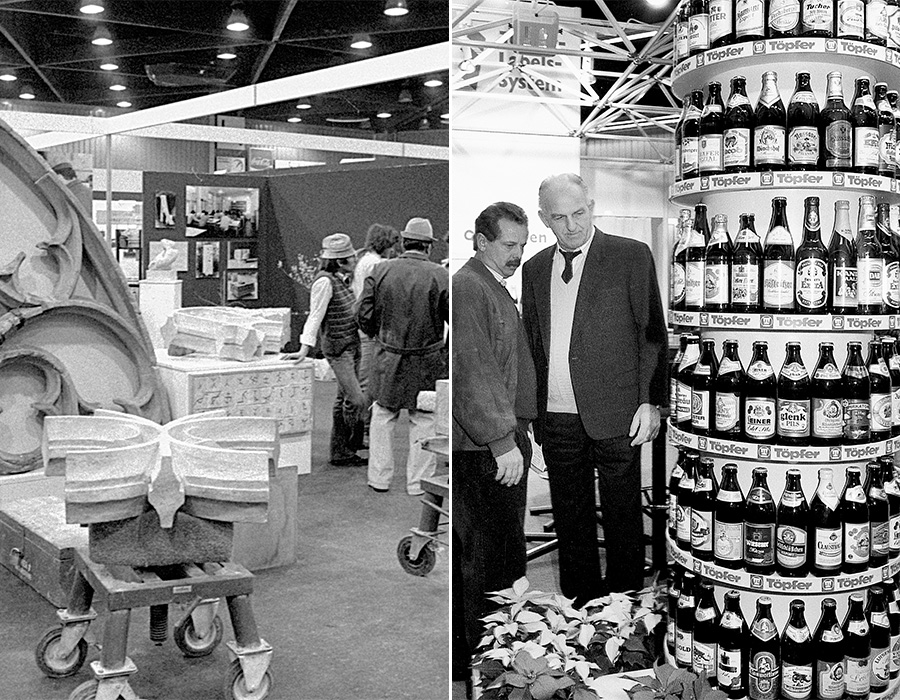
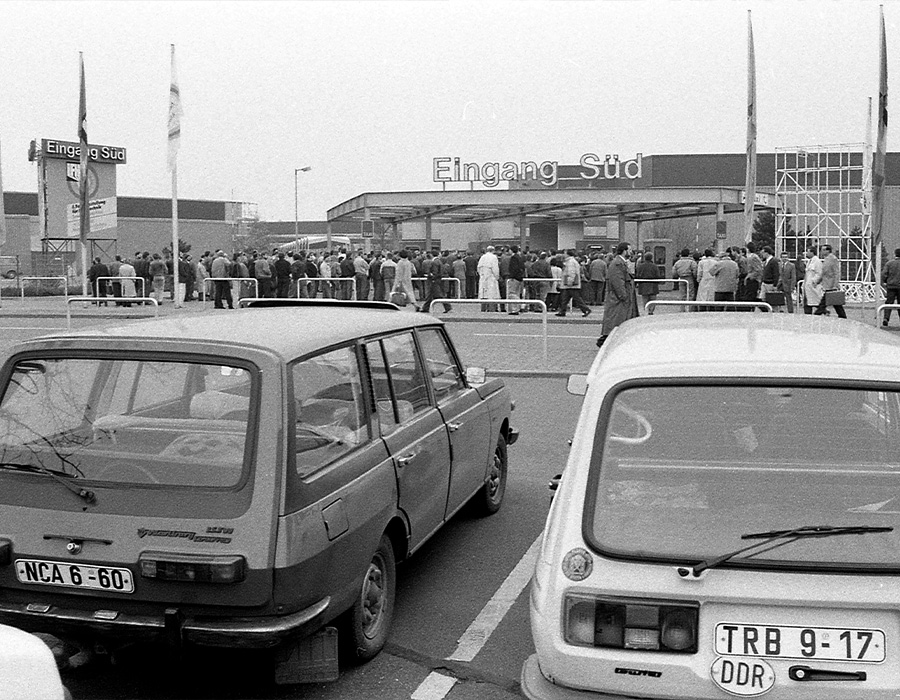
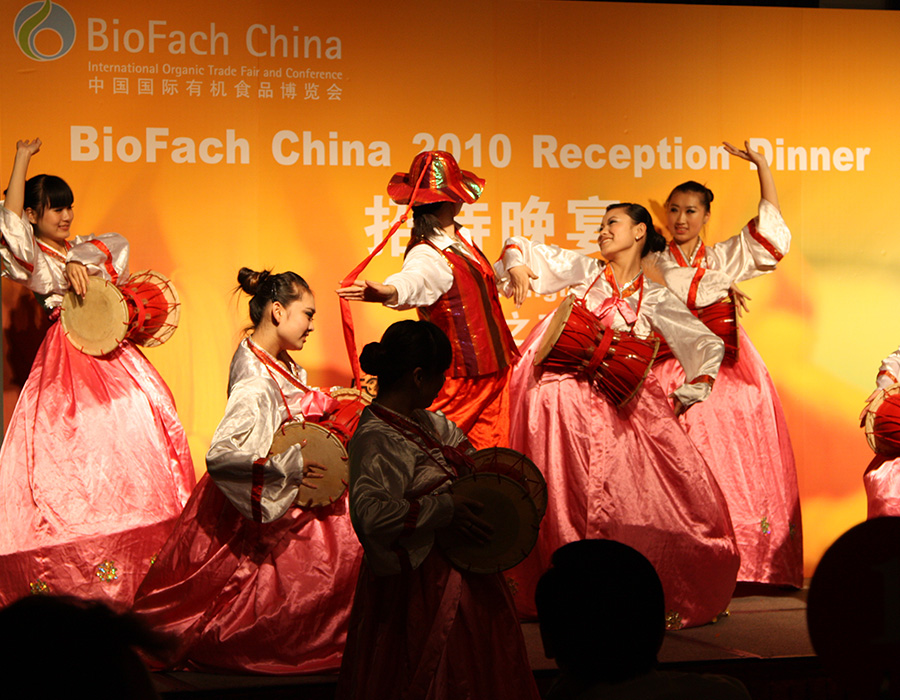
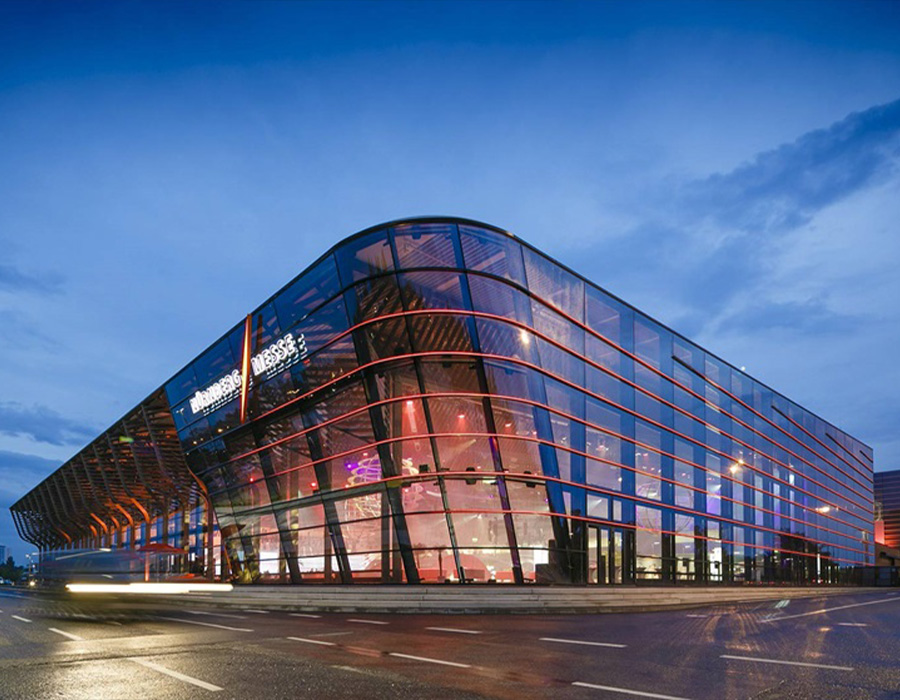
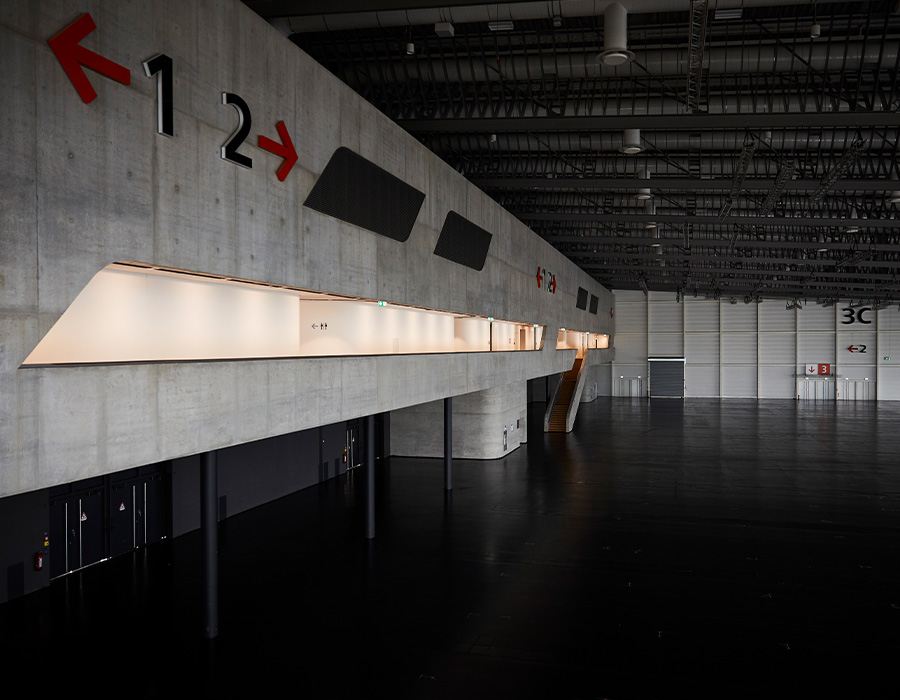
What our witnesses remember:
Today, NürnbergMesse is an international company that offers a wide diversity of trade fairs for many different sectors.
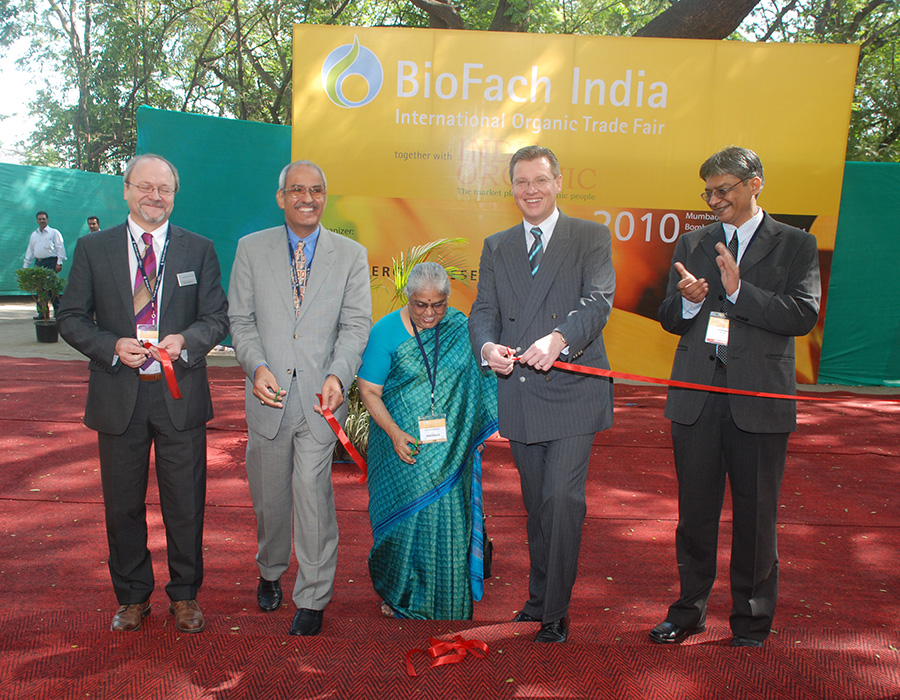
Internationality offers many opportunities for exhibitors and visitors – and of course for us as well. It’s also a token of quality. We produce trade fairs that work superbly here, and beyond our own region, our own country, our own continent.
Each of NürnbergMesse’s international subsidiaries has its own portfolio of trade fairs – from PET South America in Brazil to the Athens Coffee Festival in Greece.
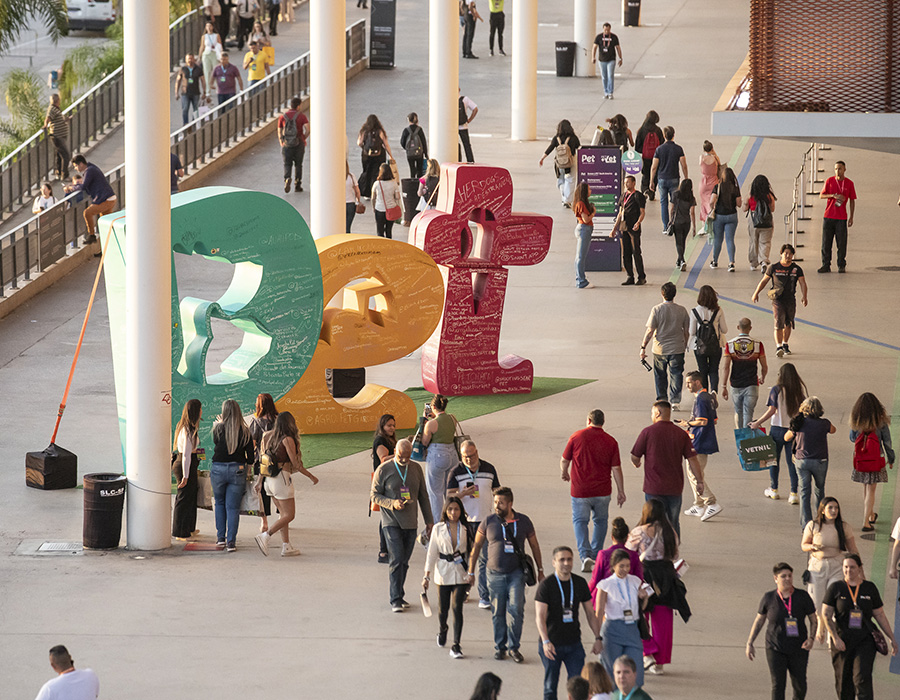
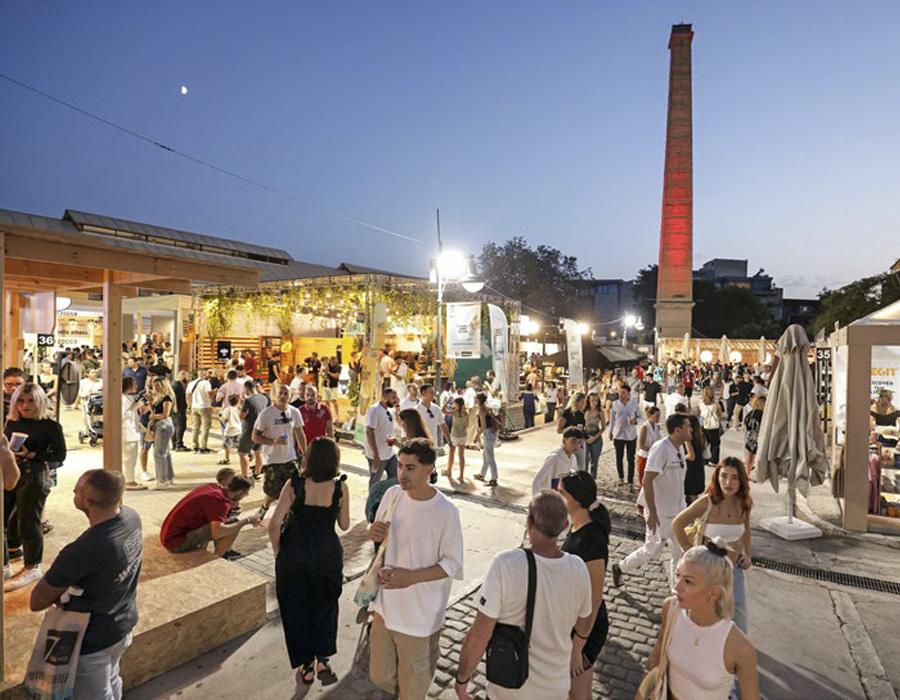
NürnbergMesse’s diverse portfolio is one of the secrets of its success. If a trade fair is to work well, it’s indispensable to understand the specialty involved. The range of exhibited products is one sign of how diverse the array of trade fairs is.
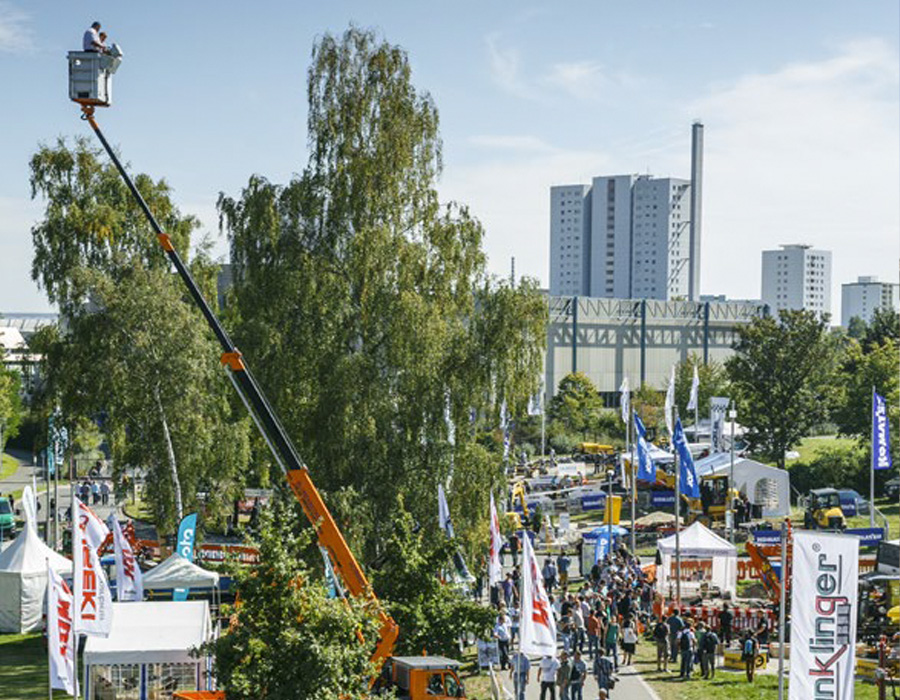
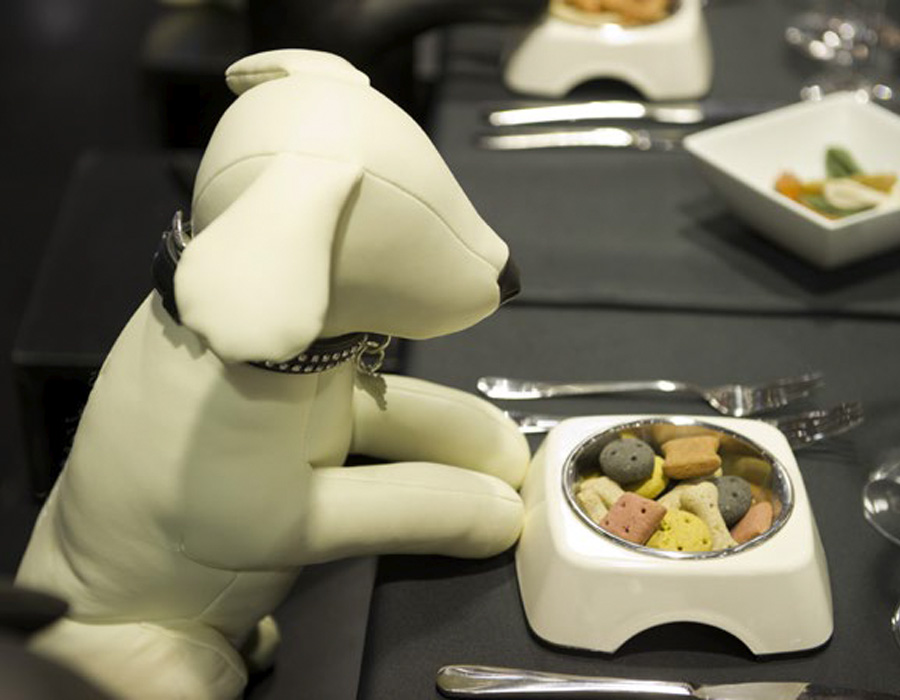
What our witnesses remember:
Heading out for new horizons: NürnbergMesse prepares for the challenges of the future.
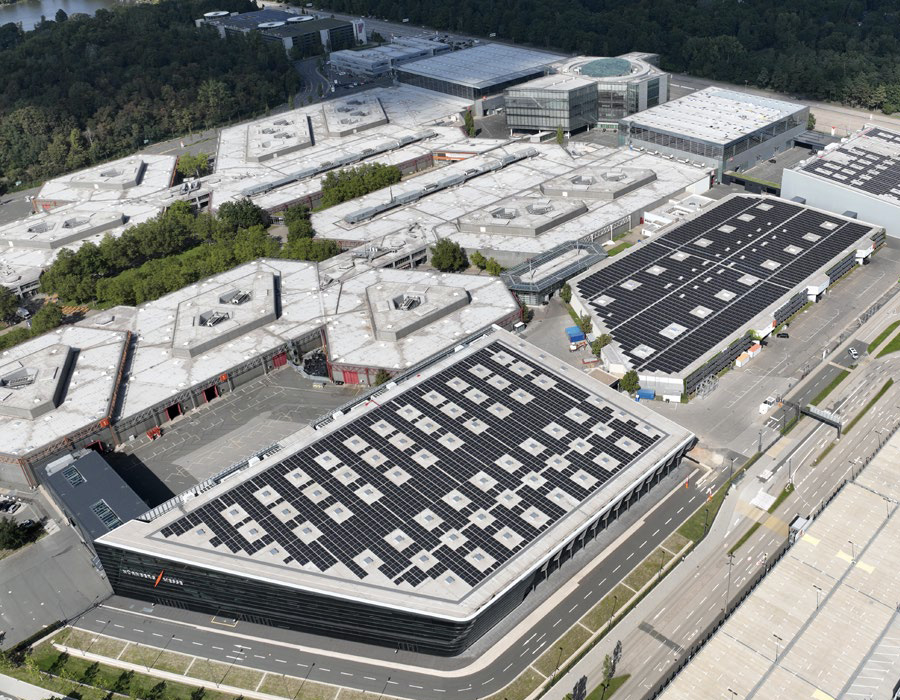
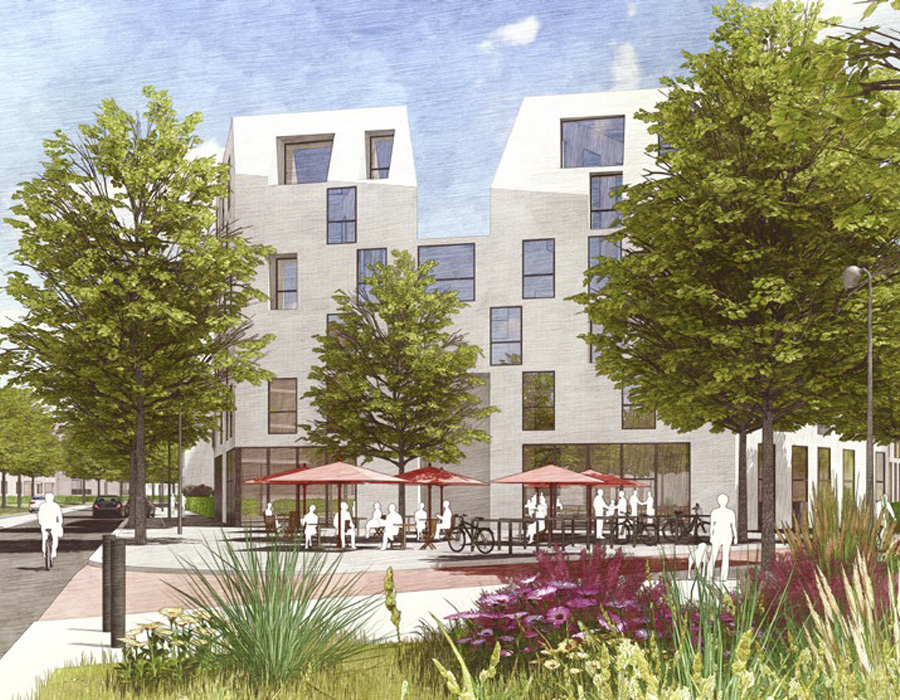

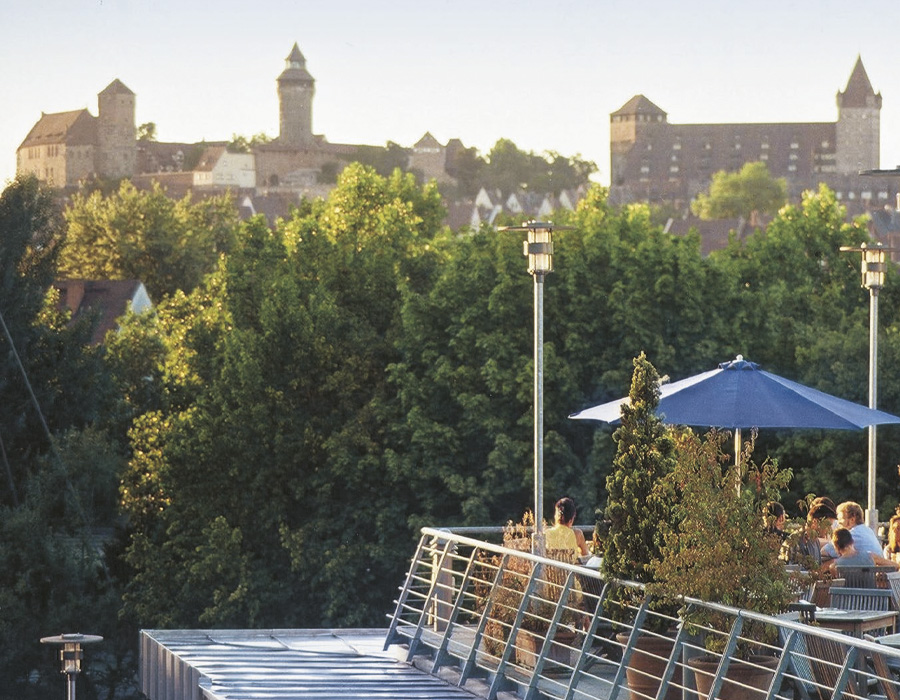
Nuremberg was a city of crafts and trade even in the Middle Ages – all of which played a central role in defining not just the cityscape, but NürnbergMesse’s DNA.
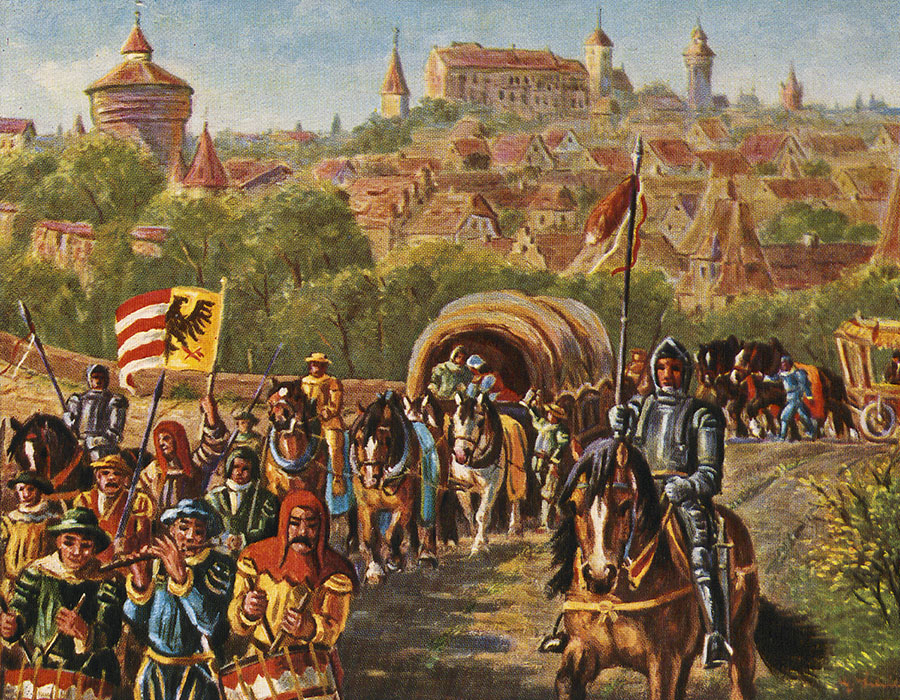
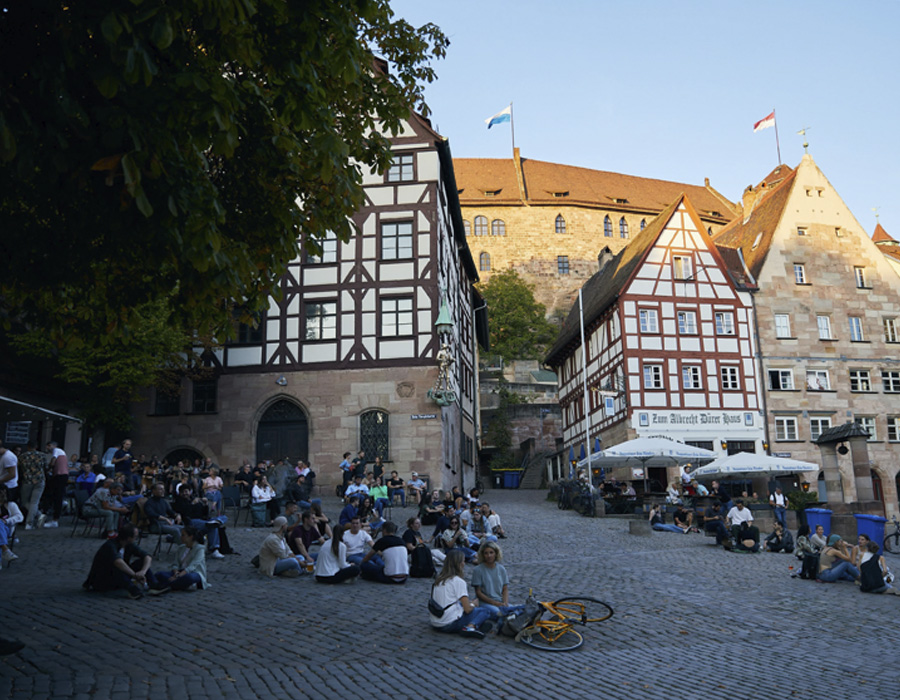
King Sigismund awarded one of the first trade fair privileges to Nuremberg in 1424. The city was permitted to be the repository of the Imperial Regalia – symbols of power like the orb and crown – and to place them on display once a year, while holding a trade fair at the same time. Nevertheless, Nuremberg never really laid down a tradition of trade fairs at this stage. In spite of occasional forerunners, the history of today’s Nuremberg as a city of trade fairs did not begin until the years of reconstruction after World War II.
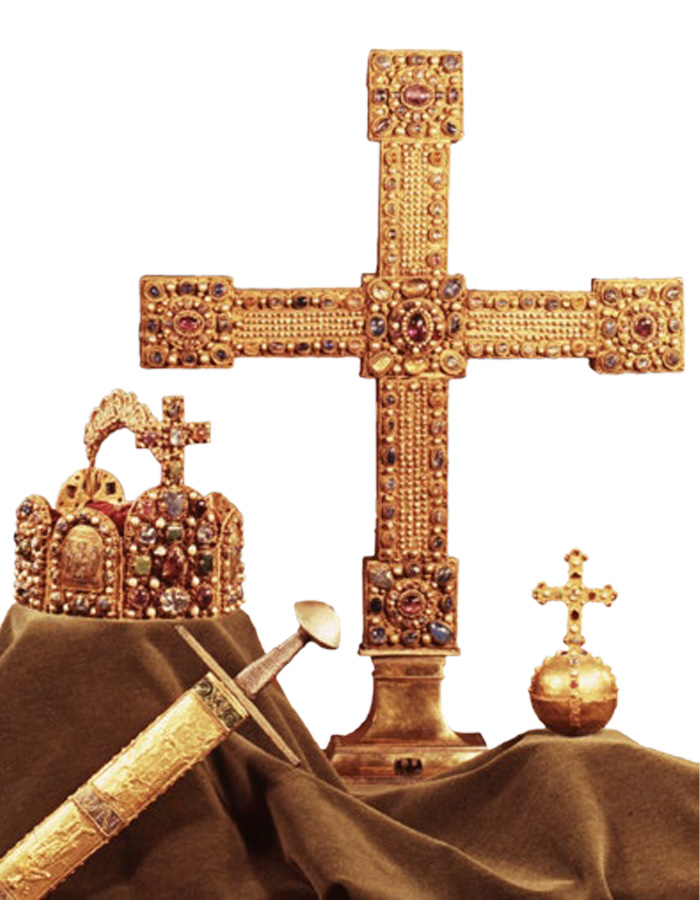
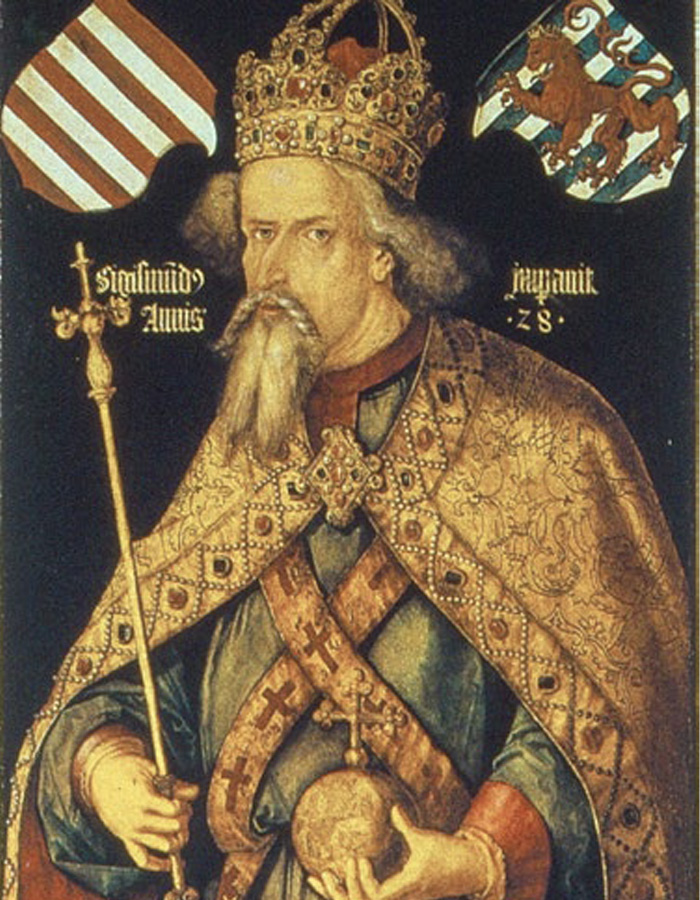
© 2024 NürnbergMesse. All rights reserved.
Concept and realization: Birke und Partner GmbH, Communications agency - www.birke.de
Credits background images: AFAG Messen und Ausstellungen; Forum S.A.; NürnbergMesse; NürnbergMesse/Bischof & Broel; NürnbergMesse/Heiko Stahl; Hausbuch der Nürnberger Zwölfbrüderstiftungen, Band 1, Nürnberg 1426-1549